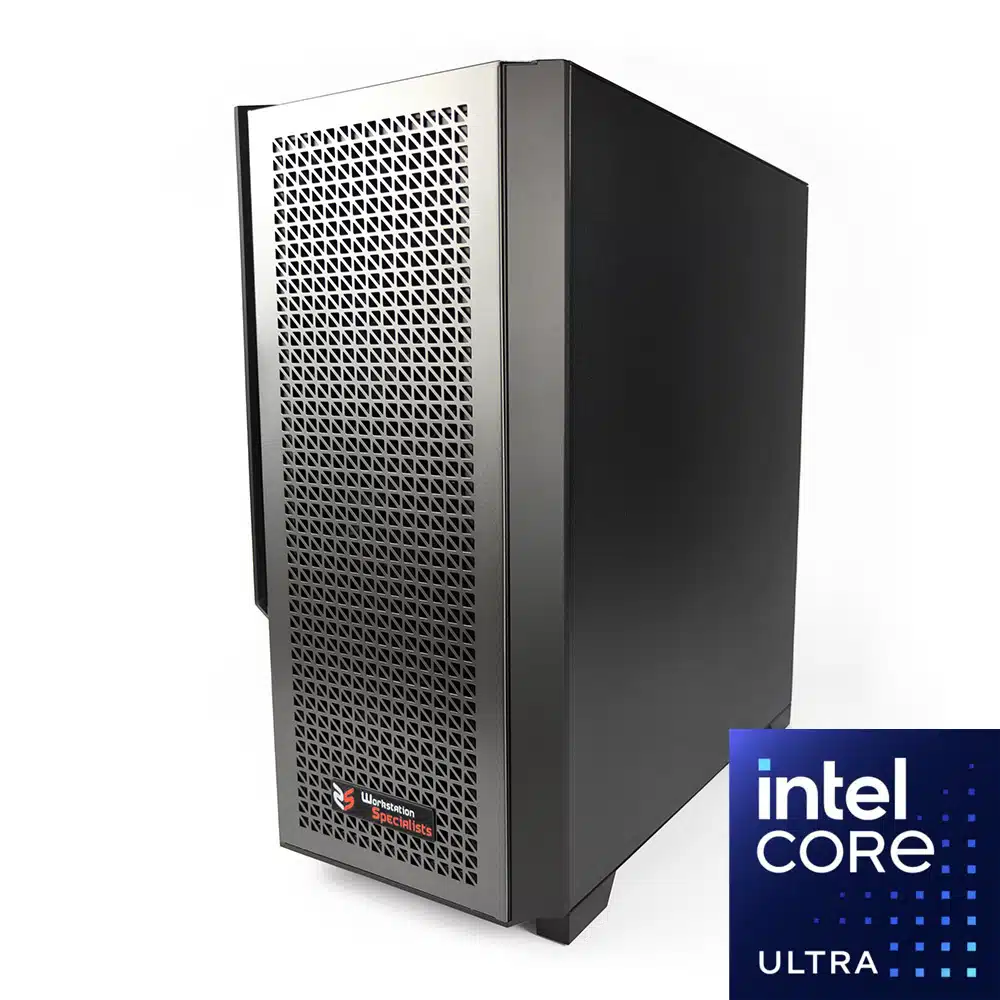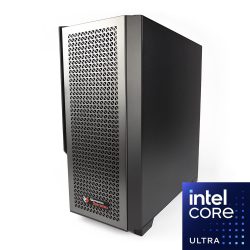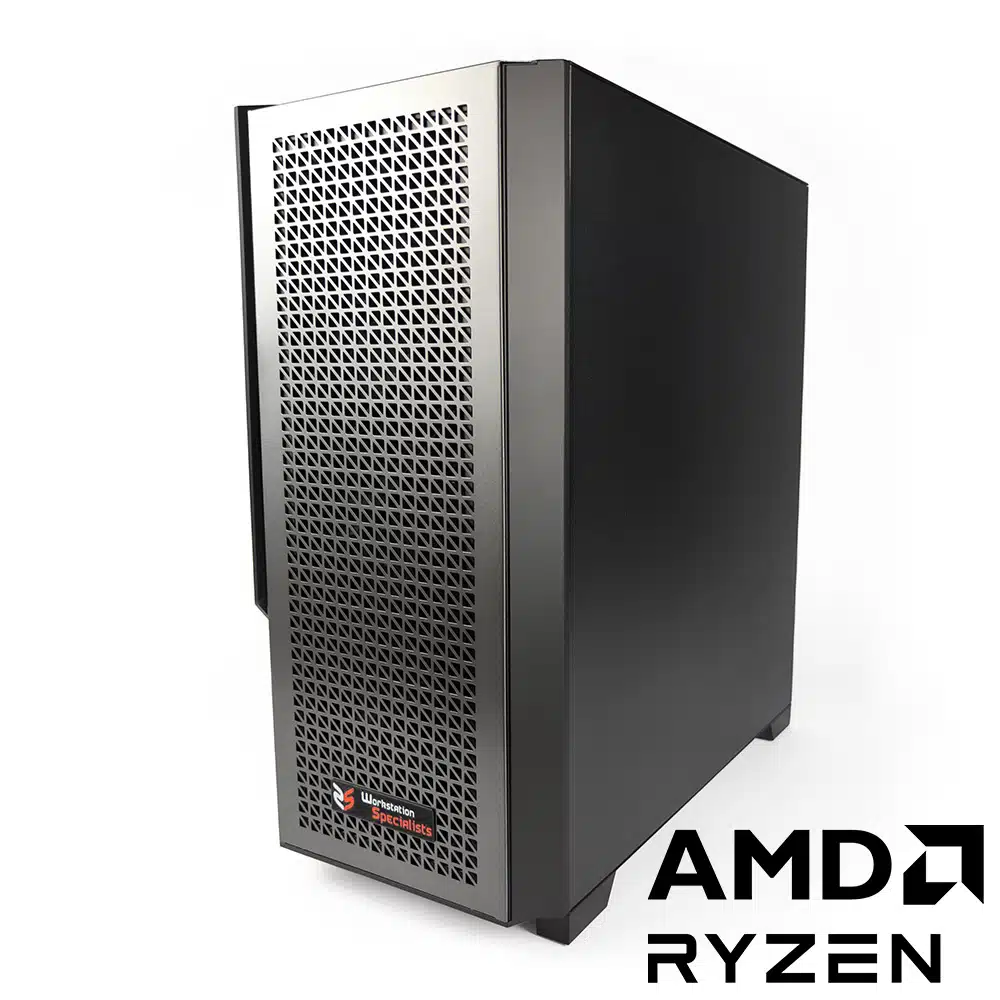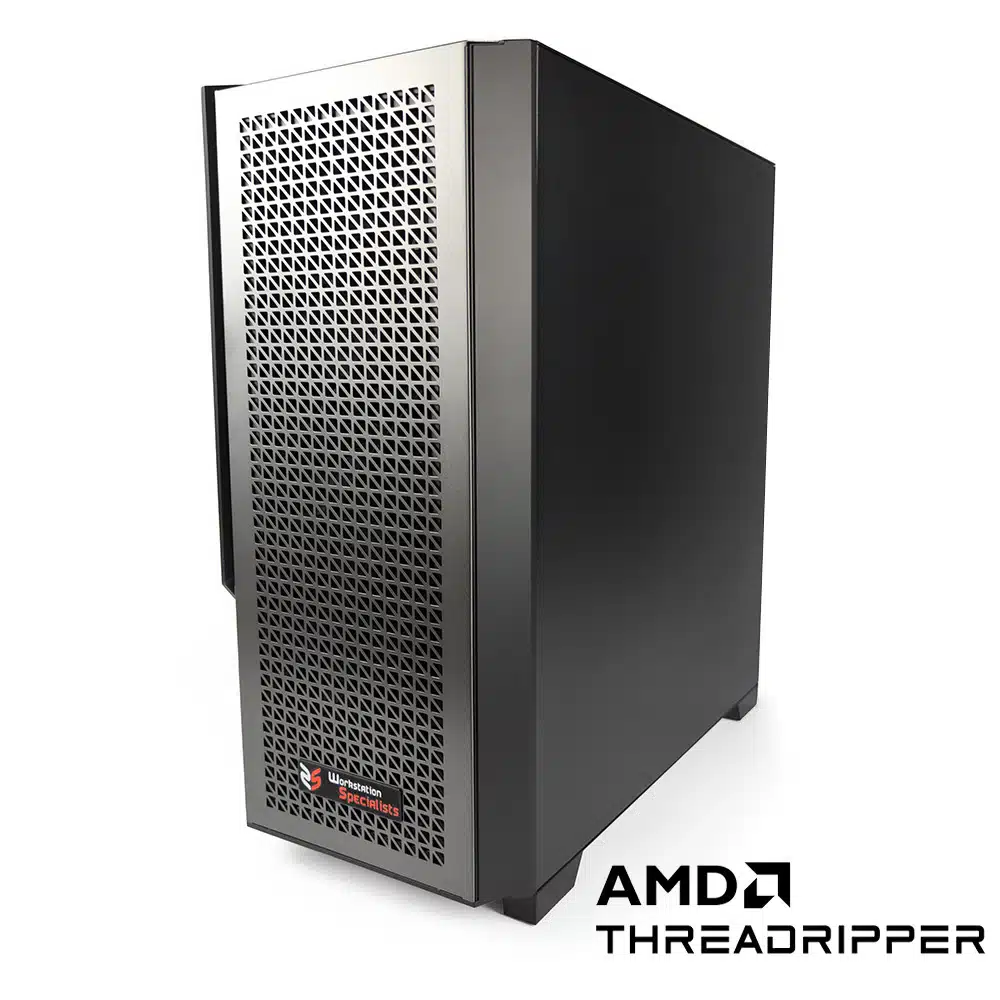When it comes to drone mapping, photogrammetry, and geospatial modelling, Pix4D stands out as one of the most widely used and technically advanced platforms available. From creating dense point clouds and 3D meshes to generating orthomosaics and digital surface models, Pix4D delivers powerful tools that demand equally powerful hardware. If you’re serious about speed, accuracy, and processing efficiency, configuring a dedicated workstation for Pix4D is essential.
In this guide, we’ll walk you through the optimal PC hardware for Pix4D in 2025. Whether you’re a drone surveyor, construction engineer, or GIS technician, this guide will help you build the best workstation for Pix4D, tailored to support every phase of your photogrammetry workflow.
Why Build a Dedicated Workstation for Pix4D?
A workstation optimised for Pix4D is designed to accelerate processing, eliminate bottlenecks, and maximise your productivity. Unlike standard desktops or laptops, a Pix4D-optimised PC is tuned to handle massive image datasets, complex geometry processing, and multi-threaded tasks with ease.
Key benefits of a professional Pix4D workstation:
Faster feature extraction, dense point cloud generation, and orthophoto output
Seamless multitasking with companion software like GIS, CAD, and cloud sync tools
Lower processing times, fewer crashes, and better responsiveness
Greater long-term reliability thanks to carefully matched components
How Pix4D Uses Your Hardware
Pix4D’s photogrammetry engine is split into three main processing steps, each with distinct performance demands:
Step 1: Initial Processing – Primarily CPU-bound, this step includes feature detection and image matching. It benefits most from strong single-core performance.
Step 2: Point Cloud and Mesh Generation – Highly parallelised, this stage sees the biggest gains from multi-core CPUs and a CUDA-compatible GPU.
Step 3: DSM, Orthomosaic and Index Generation – Balanced workloads that demand both RAM capacity and CPU/GPU bandwidth.
Recommended PC Specifications for Pix4D (2025)
CPU: Prioritise Clock Speed and Core Count
Pix4D scales across multiple CPU cores during Steps 2 and 3, but Step 1 performance still hinges on high clock speed. The best CPUs for Pix4D offer a balance of strong single-core and multi-core capabilities.
Recommended CPUs:
AMD Ryzen Threadripper 7980X (extremely high core count + frequency)
Intel Core Ultra 9 285K (powerful desktop-grade hybrid CPU)
AMD Ryzen 9 9950X (ideal for workflows requiring both speed and scalability)
Ideal Specs:
16 to 32+ cores
Base clock ≥ 4.0 GHz
DDR5 and PCIe Gen 5 support recommended
GPU: Single, High-Performance CUDA-Compatible Graphics Card
Pix4D leverages NVIDIA GPUs for dense reconstruction tasks in Step 2. Multi-GPU setups are not supported, so it’s best to invest in one powerful GPU with high VRAM capacity.
Recommended GPUs:
NVIDIA GeForce RTX 5070 or 5080 (ideal for professional mapping tasks)
NVIDIA RTX PRO 4000 Blackwell (workstation-grade performance and reliability)
Ideal Specs:
Minimum 8GB VRAM (16GB+ preferred for large or high-res datasets)
CUDA support is essential
RAM: Memory Capacity Matters in Large Projects
RAM is crucial when working with high-resolution imagery or large terrain areas. Insufficient memory can cause crashing or processing delays, especially in Steps 2 and 3.
Recommended RAM:
64GB for basic photogrammetry workflows
128GB+ for enterprise-level or multi-project environments
DDR5 preferred for increased bandwidth and energy efficiency
Storage: Maximise Read/Write Speeds with NVMe SSDs
Storage speed plays a major role in load times, data streaming, and general responsiveness. A tiered approach ensures fast access for active projects and long-term backup for archived ones.
Suggested Configuration:
Primary Drive: 1TB NVMe SSD (OS + Pix4D installation)
Secondary Drive: 2TB+ NVMe SSD (working datasets and imagery)
Scratch Disk (Optional): 500GB+ SSD for temporary project files
Archive Storage: 4TB+ HDD or NAS for long-term data retention
Cooling and Power Supply: Designed for Heavy Loads
Pix4D’s sustained workloads demand thermal and electrical stability. A workstation that overheats or under-powers components will throttle performance or fail prematurely.
Suggested Setup:
High-quality air or liquid CPU cooling system
850W to 1000W PSU with 80 PLUS Gold or Platinum certification
Performance Considerations
Benchmarks vary by dataset size and quality, but a well-configured Pix4D workstation with an NVMe SSD, fast DDR5 RAM, and a strong GPU can see up to 2–3x faster processing times compared to a standard desktop. GPU-accelerated workflows in Step 2 see the largest gains.
Monitor system memory usage—if you’re consistently using over 75% of your installed RAM, it’s time to scale up.
Frequently Asked Questions
Q: What’s the best GPU for Pix4D photogrammetry?
A: A single, CUDA-compatible NVIDIA GPU with 16GB+ VRAM offers the best performance for dense reconstruction.
Q: Can Pix4D use more than one GPU?
A: No. Pix4D only supports one GPU for processing. Multi-GPU setups provide no benefit.
Q: Is ECC memory required for Pix4D?
A: Not required for most users, though ECC RAM is helpful in enterprise or mission-critical environments.
Q: Will a laptop run Pix4D effectively?
A: Yes, but only for smaller datasets. For frequent or large-scale processing, a desktop workstation is recommended.
Q: What are the official Pix4D system requirements?
A: You can find them on the Pix4D website, but our guide offers more practical, up-to-date recommendations for real-world usage in 2025.
Conclusion
Building the best workstation for Pix4D in 2025 means choosing a powerful CPU, a CUDA-enabled GPU, ample DDR5 RAM, and fast NVMe storage. The right configuration enables faster processing, smoother workflows, and more reliable results—critical for professionals in drone mapping, construction, agriculture, and GIS.
At Workstation Specialists, we design custom Pix4D workstations to match your workload and budget. Whether you’re flying drones for topographic surveys, inspection work, or precision agriculture, our systems are built to deliver.
Speak with a Specialist
Call us on +44 (0) 1332 280 380 or email [email protected] to discuss your ideal Pix4D workstation.




